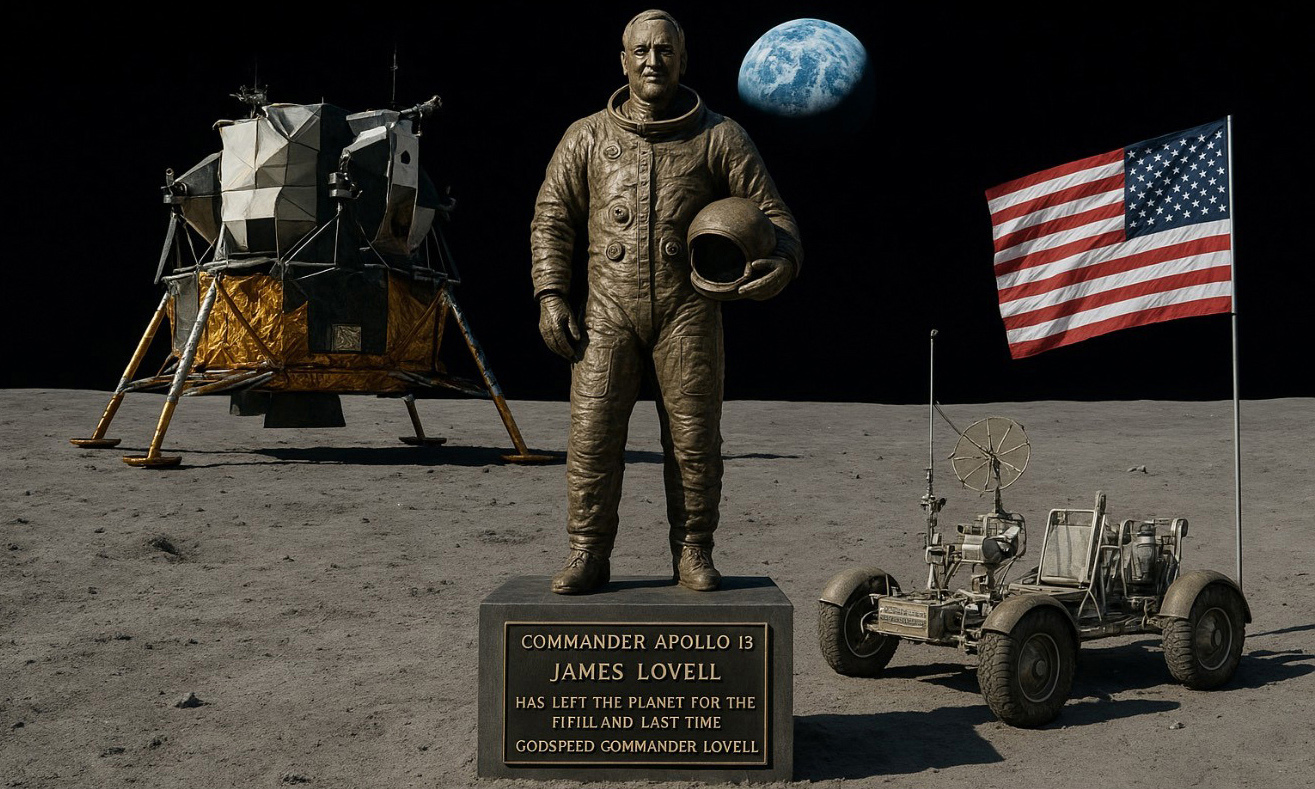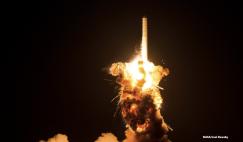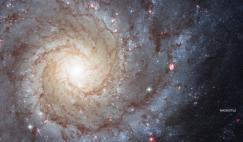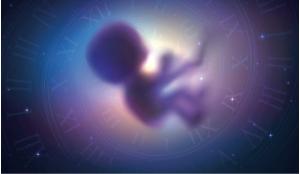Captain James “Jim” Lovell, one of NASA’s most storied astronauts and commander of the ill-fated but heroic Apollo 13 mission, has died aged 97. A veteran of four spaceflights – Gemini 7, Gemini 12, Apollo 8 and Apollo 13 – Lovell’s career stands as a testament to skill, resilience, and the human drive to explore.
Lovell was one of only three people to fly to the Moon twice and the first astronaut to log more than 1,000 hours in space. A former US Navy test pilot, he was selected in NASA’s second astronaut group in 1962 and quickly became known for his calm professionalism and ability to work under extreme pressure. On Gemini 7 in 1965, he spent a then-record 14 days in space, testing human endurance and spacecraft systems. Three years later, as command module pilot of Apollo 8, Lovell was part of the first crew to orbit the Moon – a mission that famously delivered the “Earthrise” photograph and a new perspective on our planet’s fragility.
It was Apollo 13, however, that defined his public legacy. When an oxygen tank explosion crippled the spacecraft en route to the Moon in April 1970, Lovell’s steady leadership, working alongside crewmates Fred Haise and Jack Swigert and a dedicated team on the ground, helped bring the astronauts safely home. The mission, later immortalised in Ron Howard’s 1995 film Apollo 13, became a global symbol of ingenuity, teamwork, and grace under pressure. Lovell’s oft-quoted understatement during the crisis – “Houston, we’ve had a problem” – remains part of the spaceflight lexicon.
I was fortunate enough to meet and spend time with Captain Lovell in 2018, when my work to commemorate NASA’s Apollo era led me to him. My first major project had been a monument to the Apollo 11 crew, unveiled at Kennedy Space Center during the mission’s 50th anniversary celebrations. The success of that tribute inspired me to pursue a monument to the Apollo 13 crew.
A mutual contact in Chicago, Linda De Bella, who had worked with Captain Lovell, helped connect me with his longtime assistant, Mary Weeks. They arranged for me to meet him, and I flew to Chicago for what turned out to be one of the most meaningful conversations of my life.
Lovell listened to the proposal, gave it his blessing, and encouraged me to proceed. Within a week, the $750,000 needed to build the monument was secured. It was installed at the Lyndon B. Johnson Space Center in Houston, Texas, and unveiled in the presence of Lovell and Apollo 13 Lunar Module Pilot Fred Haise, with around a hundred people in attendance.
That day was more than a ceremonial occasion – it was a celebration of a remarkable human being. Lovell was warm, generous with his time, and loved to recount stories from his missions. Whether describing the first humans orbiting the Moon on Apollo 8 or the tense hours of Apollo 13, his storytelling was vivid, humble, and suffused with humour. He had an extraordinary ability to make those around him feel included in the adventure, even if their feet had never left Earth.
For me, and for everyone who met him, Lovell’s legacy was not only about his technical achievements but also his character – a gracious, unassuming man whose courage and composure inspired millions.
Now, the Commander of Apollo 13 has left the planet for the fifth and final time. In my mind’s eye, I can see him standing on the lunar surface at last, smiling back at us.
Godspeed, Jim Lovell. The world is richer for having known you, and your legacy will endure as long as humanity dares to reach for the stars.











